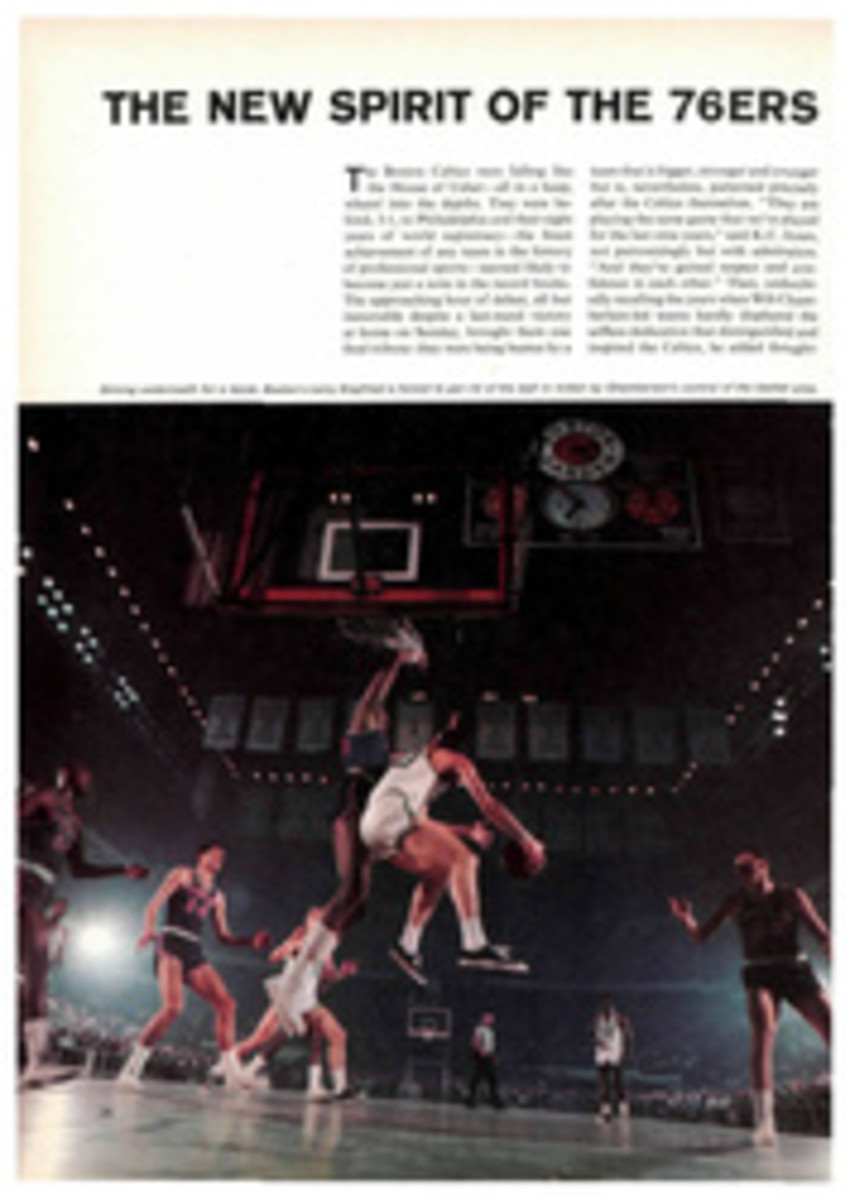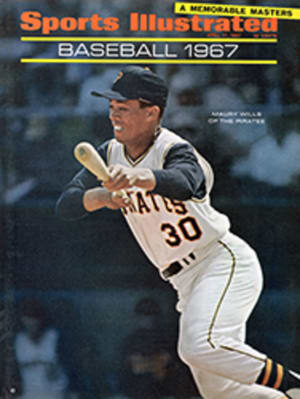
A long love affair between man and machine gets tender documentation
It is generally agreed that the proudest product of this century is the modern motorcar. There are now about 80 million cars in the U.S. alone, and the number is increased by nearly eight million each year. Clearly we adore our automobiles.
It was not always that way. In the beginning the motorcar was roundly despised for its noisiness, its toxic fumes, its ability to scare horses and children and, almost from the start, its talent for manslaughter. But Homo sapiens has a way of becoming infatuated with anything that threatens his life. So it took only a little time and Henry Ford to turn man's first cautious curiosity about the automobile into a full-fledged love affair. In a boldly printed volume entitled Man & Motor: the 20th century love affair (Walker and Company, $17.50) Derek Jewell, an auto buff and deputy editor of The Sunday Times of London, has assembled a well-chosen cross section of art and commentary to document and illuminate this odd romance. There are photographs and cartoons, essays and poems, taut descriptions and long monologues, encompassing everybody from Andy Warhol to Stirling Moss, from F. Scott Fitzgerald to Jean Shrimpton.
The book is divided into four sections: 1) The racers, 2) The makers, 3) The mystique and the mania and 4) The future and the facts of loving. Each has its half-dozen high points, and each is worth a detailed reading.
Automobile racing is motoring at its most romantic. The section on racing begins with a portfolio of champions that carries racing from Emil Levassor, who singlehandedly won the 732-mile race from Paris to Bordeaux and back in 1895, through Jimmy Clark, twice a Grand Prix world champion and winner of the 1965 Indianapolis 500. Some of the drivers have pithy things to say about their sport, viz., the classic statement from Stirling Moss, "There are two things no man will admit he can't do well: drive and make love." Another passage from Moss (originally contained in Ken Purdy's fine biography of the Englishman) captures the very essence of the philosophy of death-defying speed: "You go through a corner absolutely flat out, right on the ragged edge, but absolutely in control, on your own line to an inch, the car just hanging there, the tyres as good as geared to the road, locked to it, and yet you know that if you ask one more mile an hour of the car, if you put another 5 pounds of sidethrust on it, you'll lose the whole flaming vehicle.... You're on top of it all, and the exhilaration, the thrill is tremendous, and you say to yourself, all right, you bastards, top that one...." And the aftermath from Phil Hill: "I no longer have as much need to race, to win. I don't have as much hunger any more. I am no longer willing to risk killing myself." Though the passages in this section are short, they are incisive, and slowly an answer to the seemingly unanswerable question, "Why does a driver race?" begins to reveal itself.
The other sections, though unconcerned with competitive driving, are of equal interest. There is a beautiful section on the classic touring and grand-touring cars, and there are two large excerpts from articles which, though relatively new, are already threatening to become motoring classics. The first is from The Kandy-Kolored Tangerine Flake Streamline Baby by Tom Wolfe. The second was written by an inmate of Southern Michigan State Prison and first appeared in SPORTS ILLUSTRATED (Feb. 21, 1966). It is a hymn to that up-to-date specialist, the getaway driver. It begins: "In the more hip circles here at state prison it is generally held that the two top drivers of all time were Juan Manuel Fangio and Clarence Heatherton." Fangio needs no introduction. Heatherton might. He was one of the more imaginative getaway drivers.
Surrounding all of this are entertaining excerpts from just about everybody who has anything at all to say about motoring. There is Fitzgerald's description of the wildly glorious touring car immortalized in his short story The Diamond As Big As the Ritz, Henry Miller's facetious account of his romance with a camshaft, Rudyard Kipling's description of an early steam car, Ian Fleming's reasoning for his dislike of all American cars except the Cord, which he praised through his fictional creation James Bond, and a hilarious description by Peter Sellers of buying a maroon Rolls-Royce Mulliner Park Ward two-door sportster (otherwise known as the R.R.M.P.W. 2 D.S.).
Another section tells what cars certain celebrities like. Malcolm Muggeridge, for instance, prefers a Mercedes convertible, Paul McCartney both an Aston DB6 and a Mini Cooper with a Radford conversion, and Terence Stamp says, "If I can't have a Rolls or an Aston I don't want a car at all."
And finally the poets take over. Ogden Nash begins one poem with: "They who make automobiles,/They hate wheels." W. H. Charnock writes, "I knew a man who loved Mercedes/More than liquor, lucre, ladies,/Wore the proud three—pointed star/On tie as well as on motorcar, /On handkerchief and undervest/And, in tattoo, upon his chest...."
In summary, this anthology is well worth its rather hefty price, whether you're a Jimmy Clark or simply a Sunday driver who might need a few lines of cheer the next time the old family car won't crank up on a cold, wet morning.

